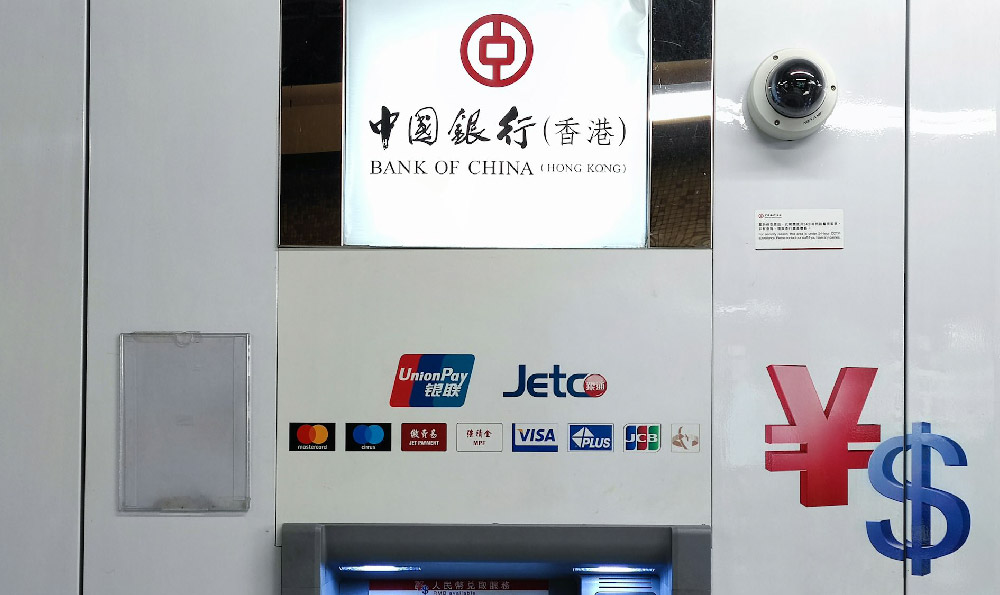Unlocking Financial Opportunities for Teenagers: A Strategic Approach to Earning and Growing
Financial empowerment often begins at an early age, and teenagers are uniquely positioned to cultivate habits that lay the groundwork for long-term wealth. While traditional avenues like part-time jobs or freelancing remain foundational, the digital age has introduced alternative methods that blend innovation, education, and calculated risk. For those aged 14, the key lies not in chasing quick riches but in understanding the tools and strategies that align with their maturity level and financial goals. Virtual currencies, though complex, can be a gateway to modern financial literacy when approached with caution and guided by informed decision-making.
One of the most critical steps is fostering a mindset rooted in financial education. Teenagers who dedicate time to learning about personal finance, investment principles, and risk management are better equipped to navigate the complexities of the financial world. This includes understanding how markets operate, recognizing the value of compound interest, and developing a habit of saving. For example, setting up a micro-investment account with platforms that cater to young investors allows teens to practice strategic allocation without requiring large capital. Additionally, exploring virtual currencies through educational resources—such as beginner-friendly crypto blogs, YouTube tutorials, or even courses on platforms like Coursera—can demystify blockchain technology and its potential applications. A structured approach to learning ensures that financial curiosity is paired with responsibility, reducing the likelihood of impulsive decisions.

Another avenue is leveraging digital platforms to monetize skills and interests. Teenagers often possess niche talents in areas like graphic design, coding, gaming, or content creation, which can be converted into income streams on the internet. For instance, platforms like Fiverr or Upwork allow teens to offer services for reasonable fees, while TikTok or YouTube creators can generate revenue through ads, sponsorships, or merchandise. These methods require time, creativity, and a clear understanding of audience value, but they teach essential lessons about discipline, effort, and market demand. Moreover, integrating cryptocurrency into these activities—such as accepting payments in Bitcoin or Ethereum for freelance work—can expose teens to the advantages of digital currency, including lower transaction fees and borderless payments. However, it’s crucial to prioritize stablecoins or traditional currencies for such transactions to avoid volatility risks.
A third strategy revolves around starting small with low-risk investments, including virtual currencies. While investing in crypto at 14 may seem ambitious, it’s possible to begin with micro-investments in stablecoins or low-volatility digital assets like Bitcoin. These options minimize exposure to market fluctuations, allowing teens to build confidence and test their understanding of asset appreciation. For example, allocating a small amount of monthly allowance into a diversified portfolio of cryptocurrencies can serve as a practical lesson in asset management and patience. It’s also advisable to use dollar-cost averaging, where a fixed amount is invested regularly, to counteract the unpredictability of price swings. This approach ensures that initial experiences are informative rather than financially damaging.
Teenagers can also explore peer-to-peer (P2P) lending and borrowing platforms, which function as digital marketplaces connecting borrowers with lenders. These platforms often offer competitive interest rates and require minimal initial involvement, making them ideal for young investors. For instance, platforms like LendingClub or Earn.com allow users to lend money to individuals or businesses in exchange for interest payments. While these investments carry some risk, they provide exposure to the concept of capital appreciation and the importance of due diligence. Additionally, crypto-backed lending—where users can deposit cryptocurrency to earn interest—can be a valuable tool, though it demands a deeper understanding of blockchain and lending protocols.
The fourth opportunity lies in participating in the gig economy and digital freelancing, which often intersect with crypto-based payment systems. Teens with specialized skills in areas like app development, digital marketing, or online tutoring can find platforms that offer crypto remuneration, such as Beezle or Skilling. Accepting payments in digital currencies introduces teens to the benefits of fast transactions and reduced fees, but it also requires setting clear boundaries to avoid overexposure to market volatility. For example, keeping a portion of earnings in fiat currency ensures flexibility in case of sudden price drops. This dual approach teaches financial versatility while aligning with the digital trends of the modern economy.
A fifth strategy is engaging in micro-entrepreneurship, where teens start small ventures with low overhead costs. This can include selling digital products, such as templates or e-books, or offering online services like virtual assistance. Integrating crypto into these ventures—such as accepting Bitcoin payments for products or services—can provide exposure to the advantages of digital commerce. However, it’s essential to educate teens about the importance of customer service, brand reputation, and legal compliance. For instance, using trusted crypto wallets and verifying transactions through multiple channels can protect against fraud and ensure secure interactions. This method emphasizes the value of innovation and adaptability in building a sustainable income.
The sixth approach is understanding the power of compound interest through diversified investments, including virtual currencies. Teenagers who invest in a mix of assets—such as stocks, bonds, or crypto—can observe how different financial instruments grow over time. For example, allocating a portion of savings to low-cost index funds or crypto ETFs can provide exposure to market trends without requiring direct involvement in trading. It’s important to emphasize the role of patience and time in compounding, which can turn modest initial investments into substantial returns. Additionally, tracking performance through apps or platforms that offer educational insights helps teens develop analytical skills and a deeper understanding of asset behavior.
Finally, teenagers should focus on cultivating a culture of financial responsibility and mindfulness. This includes setting clear goals, monitoring spending, and ensuring that all financial activities align with personal values. For instance, using budgeting apps to track expenses and savings provides a real-time overview of financial health, while avoiding high-risk activities like speculative trading or investing in unverified projects protects against potential losses. The growing popularity of crypto-related income streams—such as staking or yield farming—can be a double-edged sword, as they offer passive income opportunities but require careful research and a disciplined approach. By prioritizing education, security, and long-term planning, teenagers can navigate these complexities with confidence.
In conclusion, the path to earning for teenagers is not about shortcuts but about building a foundation of knowledge and responsibility. Whether through digital platforms, small investments, or financial education, the key lies in aligning activities with personal strengths and financial goals. By adopting a strategic mindset and leveraging the tools of the digital age, teens can turn their curiosity into opportunities, ensuring that their financial journey is both rewarding and sustainable. The world of virtual currencies and digital investing offers a unique platform for this, but it demands patience, education, and a willingness to adapt. When approached with caution and clarity, these methods can empower young investors to navigate the financial landscape with confidence and foresight.












